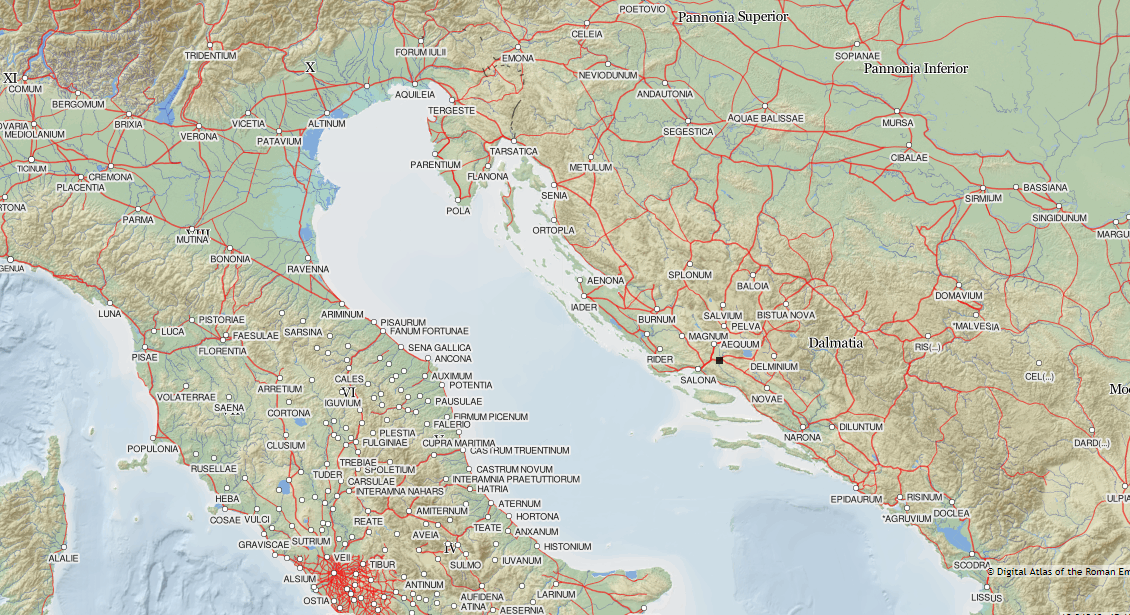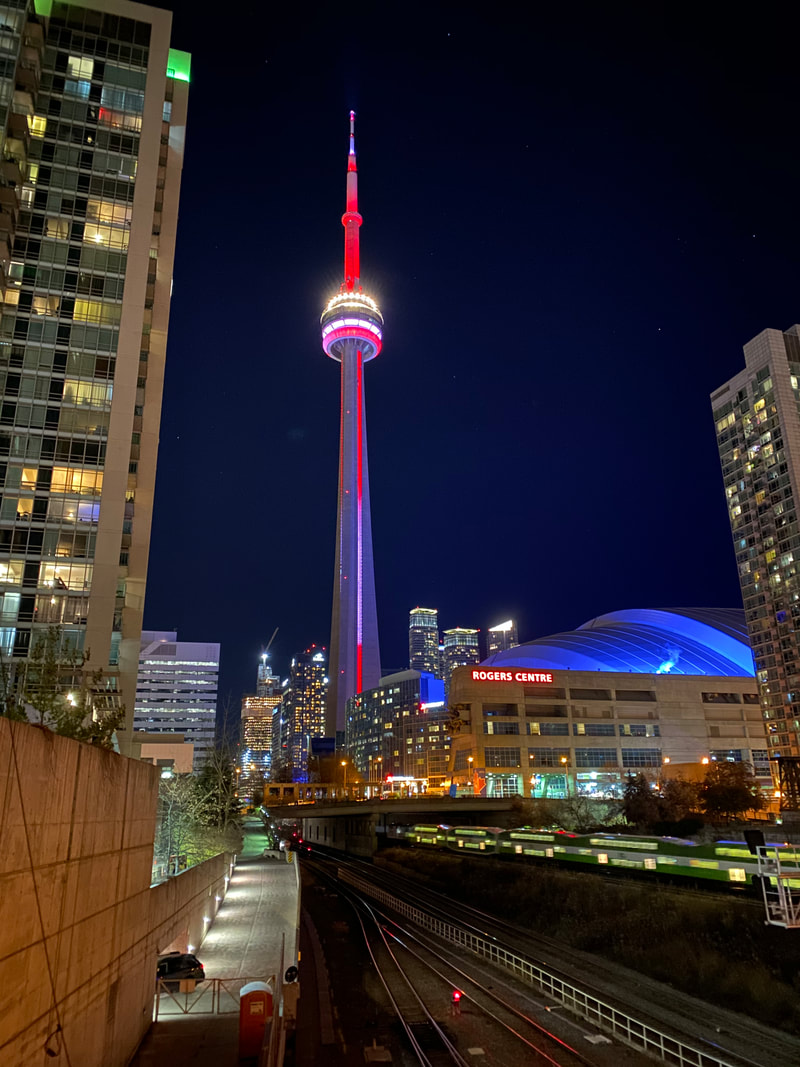Welcome to Urban Economics!
The Purpose of This Site |
The main purpose of this site is to offer some parts of the course that I teach at the State University of New York, SUNY Old Westbury, to the general public.
If you are taking the actual course with me and are officially registered for this course, you will need to register and set up your account via Canvas. You will be provided with a special course code in order to enroll in that course. All the relevant information is available on the Blackboard! For everyone else, please feel free to use this material. Any and all feedback about this material is greatly appreciated. Finally, the purpose of this course is also to showcase some of the work, that my students have done in this class. Please click on the link "Students' Work" to see their Urban Policy Projects. |
Meet the Instructor |
My name is Veronika Dolar and I am currently an assistant professor of economics at the Department of Politics, Economics and Law at SUNY Old Westbury where I teach Introductory Micro- and Macro-economics, Health Economics, Labor Economics, Urban Economics, and Food and Wine Economics
I was born in Slovenia (at that time still under Yugoslavia), obtained my International Baccalaureate (IB diploma) in Italy at the United World College of the Adriatic and graduated summa cum laude from the University of Western Ontario in Canada and received my MA and Ph.D. at the University of Minnesota. I also worked at the Bank of Canada and taught at numerous universities and colleges including Case Western Reserve University in Cleveland, OH and St. Olaf College in Minnesota. My current research interests include health economics focusing on eating decision, nutrition and obesity, labor economics, as well as economic education. I am a believer in constructionist pedagogy and believe that we learn best when we are actively engaged in constructing something that has personal meaning to us. My email address is [email protected] Here are few links to the sites that host more info about me:
|
Introducing the Course |
|
Please watch these two short introductory videos:
Necropolis Part 1 |
|
Necropolis Part 2 |
|
The Roman Necropolis at Sempeter is renowned as the site of the best-preserved monuments of the Roman period in Slovenia. The cemetery lined the northern side of the Emona -Atrans -Celeia road (See the map below...can you locate Rome?)
Here is a link to an incredible Digital Atlas of Roman Empire.
Here is a link to an incredible Digital Atlas of Roman Empire.
The Necropolis was made by the notables and administrators from Celeia, and it stretched for about 2 kilometers (1,2 miles). At the end of the 3rd century the near by river Savinja flooded and destroyed the Sempeter cemetery. The monuments that stood closest to it fell into the river channel and were preserved by a covering f river gravel, whilst the other monument were gradually looted for use as building material. The monuments are made from marble.
The cemetery was found by chance in 1952. Here is a link to more information about the Necropolis and the town of Celeia. The town today is called Celje .
The cemetery was found by chance in 1952. Here is a link to more information about the Necropolis and the town of Celeia. The town today is called Celje .
Now watch the documentary below:
Roman Roads: Paths to Empire |
|
Here are two interesting articles that talk about how the Roman roads shaped today's economy:
1. On Roman roads and the sources of persistence and non-persistence in development
2. Roads paved 2,000 years ago STILL contribute to the spread of wealth, satellite images reveal
1. On Roman roads and the sources of persistence and non-persistence in development
2. Roads paved 2,000 years ago STILL contribute to the spread of wealth, satellite images reveal
Quiz: Intro to Urban Economics Part 1
Question 1
Based on the documentary, for how many centuries have Romans been building the roads?
a) 3 centuries
b) 8 centuries
c) 4 centuries
d) 2 centuries
Question 2
On how many continents did Romans built their roads?
a) 2 - Europe and Africa
b) 1 - Europe
c) 3 - Europe, Asia, and Africa
d) 2 - Europe and Australia
Question 3
What was the name first of the main paved road that Romans built?
a) Via Napoli
b) Via Apia
c) Via Rome
d) Via Alps
Question 4
After Apia’s death what did Romans started to built along the major roads?
a) Fountains
b) Statues of emperors
c) Tombs
d) Obelisks
Question 5
How did Romans pay for the road construction and maintenance?
a) Looting of other lands
b) Taxes and tariffs
c) Donations
d) Gods provided the money
Question 6
According to the documentary what was one of the reasons why Julius Cesar rose to power?
a) Because of his charisma and good looks.
b) Because he was the son of a previous emperor.
c) Because of his great maintenance of Apia.
d) Because of his great military skills.
Question 7
Who actually built the roads?
Select all that apply!
a) Slaves
b) The army
c) Civilians
d) Criminals
Question 8
Who built the necropolis in Sempeter?
a) Notables and administrators from Rome.
b) Notables and administrators from Emona.
c) Notables and administrators from Celeia.
d) Notables and administrators from Venice.
Question 9
In the research project relating the importance of Roman roads to modern day economic development, researchers looked at
a) the proximity to Rome
b) the numbers of tourists from Italy in that area
c) the number of routes of Roman roads across Europe
d) the light emitted from areas that lie along the routes of Roman roads across Europe
Based on the documentary, for how many centuries have Romans been building the roads?
a) 3 centuries
b) 8 centuries
c) 4 centuries
d) 2 centuries
Question 2
On how many continents did Romans built their roads?
a) 2 - Europe and Africa
b) 1 - Europe
c) 3 - Europe, Asia, and Africa
d) 2 - Europe and Australia
Question 3
What was the name first of the main paved road that Romans built?
a) Via Napoli
b) Via Apia
c) Via Rome
d) Via Alps
Question 4
After Apia’s death what did Romans started to built along the major roads?
a) Fountains
b) Statues of emperors
c) Tombs
d) Obelisks
Question 5
How did Romans pay for the road construction and maintenance?
a) Looting of other lands
b) Taxes and tariffs
c) Donations
d) Gods provided the money
Question 6
According to the documentary what was one of the reasons why Julius Cesar rose to power?
a) Because of his charisma and good looks.
b) Because he was the son of a previous emperor.
c) Because of his great maintenance of Apia.
d) Because of his great military skills.
Question 7
Who actually built the roads?
Select all that apply!
a) Slaves
b) The army
c) Civilians
d) Criminals
Question 8
Who built the necropolis in Sempeter?
a) Notables and administrators from Rome.
b) Notables and administrators from Emona.
c) Notables and administrators from Celeia.
d) Notables and administrators from Venice.
Question 9
In the research project relating the importance of Roman roads to modern day economic development, researchers looked at
a) the proximity to Rome
b) the numbers of tourists from Italy in that area
c) the number of routes of Roman roads across Europe
d) the light emitted from areas that lie along the routes of Roman roads across Europe


